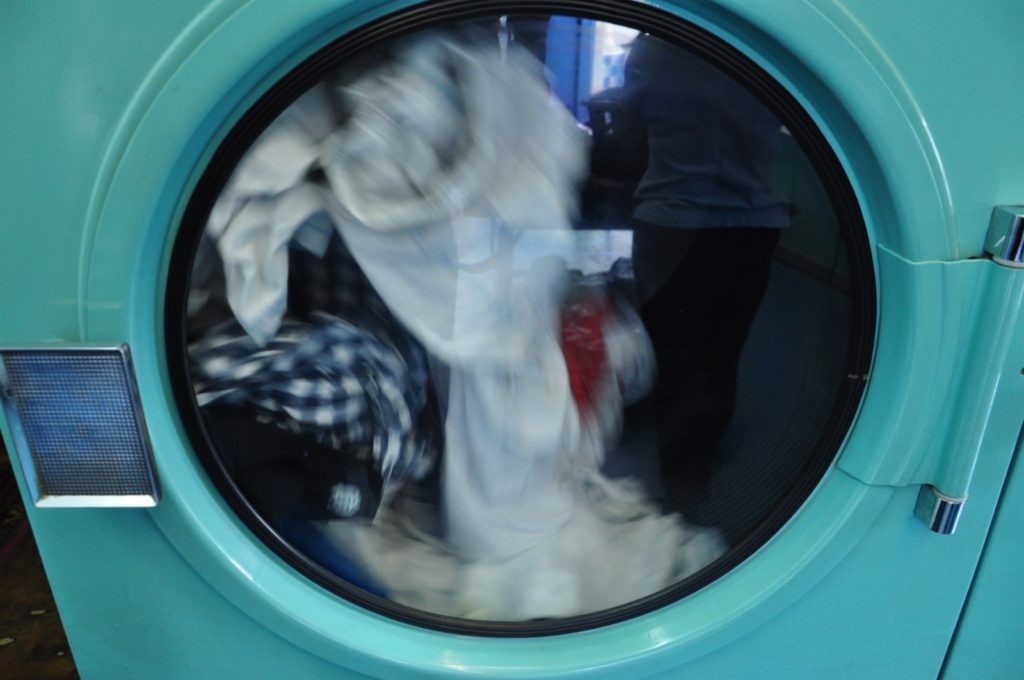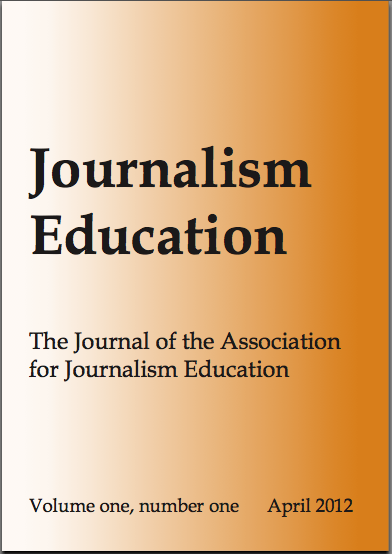3D Animation and Games BA Honours
What will you study on the BA 3D Animation and Games?
xxxx On our course you will develop as an artist working with 3D software. The course framework includes project based collaborations and integrated workshops that are designed to develop observational drawing and technological skills essential to 3D computer animation production and computer games. This interdisciplinary approach combines a critical arts education with specialist knowledge in 3D technology and workflows.
In the first year you will attend lectures and workshops in the fundamental principles of animation and storytelling, alongside intensive workshops in Environment and Character design, Virtual Reality design, Z-Brush sculpting and even 3-D printing.
The second year uses this interdisciplinary foundation to explore specialist workflows while retaining an experimental, playful and collaborative atmosphere. This includes a series of short intensive projects where you will be introduced to the latest industry standard techniques (e.g. modern asset workflows, Physically Based Shading, GPU Rendering, Dynamics). Briefs are studio orientated and supported by both your lecturers and specialist technical tutors. This practical curriculum is interwoven with lectures and seminars that address the historical and cultural background to animation, games and digital culture.
In the final year of study, students are given the opportunity to specialise in a wide variety of disciplines such as Character Art, Environment Art, Game Development, 3D Character Animation, Rigging, Lighting / Rendering and Concept Art . There is a strong focus on producing an outstanding portfolio of work, tailored to your individual strengths and artistic temperament.
Modules
With more than 2000 active games and animation studios in the UK, there has never been a better time to enter the British gaming industry. Combining theory with active learning in a studio environment, our 3D Animation and Games BA will give you the practical skills you need to succeed in this thriving industry.
Why study 3D Animation and Games at Middlesex?
3D Animation is a highly creative, fast growing and future-focused industry. By joining us on our 3D Animation and Games BA, you'll gain the knowledge and have the space to develop as an artist working with 3D software.
On this course, you'll cover the fundamental concepts within the field such as: character art, environment art, character animation, rendering and dynamics, virtual reality design, Z-Brush sculpting and 3D printing.
With strong industry links with art and design employers, we'll help build your confidence and equip you for your ideal career.
Course highlights
- You'll have access to the latest software and techniques, mirroring exactly how animators and game designers work
- You'll work on industry-standard software such as Maya and Z-Brush. The studio also hosts high-spec, overclocked workstations, 20 VR devices, a motion capture studio, green screen and a state-of-the-art 3D printing and scanning studio
- You'll learn through discussions, demonstrations, seminars, presentations and practical work, as well as intensive workshops combining individual and group work
- You’ll also have the opportunity to attend guest lectures and masterclasses from animation professionals
- Take part in a four-week project in a studio, responding to a brief set by industry practitioners
USP: Work with professional designers
Collaborate with game designers on indie games and virtual reality experiences - all showcased at the UK's largest game expo, EGX London.
Award-winning staff
Learn from a BAFTA-winning animation director and cross-disciplinary 3D practitioner, highly skilled 3D game artists, character animation specialists and internationally published theorists.
Excellent employment prospects
Graduates have found work with games and animation studios including Rockstar, Cloud Imperium Games, Treat Studios and Blue Zoo.
by Juliet Spare and Dan Davies
Forest Hill Launderette on the line


Journalism Education Volume one, Number one April 2012
Journal index Issue 1-1
View or download the full journal from Scribd.
Download chapters or go to comments:
Articles
Tweeting with the Enemy – John Price, Neil Farrington and Lee Hall
With more than 200m users worldwide, Twitter is becoming an increasingly significant tool for journalists and their audiences. Yet, to date, there has been relatively little academic study of its impacts on the journalism profession. This article provides one of the first attempts to investigate how Twitter is influencing journalism, focusing on the specialist area of sports reporting. Through interviews with members of a press pack, the article explores how Twitter is perceived by sports journalists, how it is affecting their professional relationships, and how it is being employed in everyday working practices. Findings suggest the new technology is creating some problems and divisions among journalists, due partly to a lack of clear guidelines and best practice. While Twitter undoubtedly offers new journalistic opportunities in terms of sourcing, publishing and accessing audiences, it poses a number of potential problems including workload, loss of exclusive source access and content, and abuse from readers. As a result, training in the use of Twitter should form an essential part of any sports journalism course if future reporters are to get the best out of this social media. The article concludes by identifying the key areas which should be covered by such training.
Newspapers on the naughty step - Chris Frost
British newspapers are facing their worst ever ethical crisis with allegations of phone-hacking and other unethical practices including data-hacking, harassment and intimidation. The industry’s regulator, the Press Complaints Commission, has announced it is to wind down and is transferring its asset and staff to a new authority ending its 21 year history as the newspaper regulator. Sections of the industry are fighting to ensure that any future body continues the pattern of self-regulation by portraying the News of the World as a rogue newspaper operating outside the standard practices of the industry. This paper seeks to discover if self-regulation as carried out by the PCC showed any signs of limiting press excesses and whether the News of the World really stood outside the industry norms by examining PCC complaints data and data from the Information Commissioner’s Office concerning computer hacking.
Hyper local learning - David Baine
This paper reviews, as a case study in enhancing teaching and learning on journalism programmes, the development of a ‘hyper-local’ news website set up in an English city by a freelance journalist on which students volunteer as reporters and editors. The review finds that the news site met initial expectations in providing a supportive space to develop students’ skills and knowledge, but that it later developed in unexpected trajectories. The project became a space for innovation and experimentation in journalism practice and the paper concludes that such a venture can sustain professional values, knowledge, skills and practices; encourage innovation and enhance journalism students’ employability. There was evidence that the project contributed to community sustainability and helped to resolve dilemmas which arise when journalism students undertake unpaid placements to gain work experience in media organisations which might be making editorial staff redundant.
Deer departed - Alec Charles
This paper explores the socio-political symbolism which underpinned the UK’s mainstream national press coverage of the death of a red deer stag known as the Exmoor Emperor during the autumn of 2010. It employs both qualitative and quantitative methods of content analysis, and draws upon interviews with journalists and public figures involved in the telling of this story in order to suggest reasons behind the significant public and media interest in a narrative which had no ostensible material impact upon a general readership. In doing so, it proposes that journalists, journalism students and journalism educators might significantly benefit from viewing the meaning of apparently trivial news stories through the frames of broader contexts and subtexts, and that such an approach might prove more enduringly useful than a pedagogical focus upon more ephemeral technicalities.
Twitter – what is it good for? – Steve Harrison
The issue of student engagement is one of the most crucial in HE, as it is intimately linked to both retention and learning. Previous studies have underlined the value of community in fostering engagement. This project draws on the concept of “ambient awareness” (exemplified here by the Twitter service) to argue that such social networks engender “ambient communities” and hence can perform similar functions to a traditional community in relation to engagement. Finally a pilot study among second year journalism students uses Twitter to explore the practical implications of this approach.
Global citizens – Roman Gerodimos
This article argues that journalism education is uniquely positioned to advance global awareness, and makes the case for a curriculum that places greater emphasis on global current affairs. A robust understanding of global issues, and of the challenges facing global reportage, is a vital part of media literacy and can help journalism students fulfil their dual role as global citizens and mediators.
Comment and criticism
Confessions of a Hacademic - Tony Harcup
Newsreaders as eye candy - Claire Wolfe and Barbara Mitra
Mission aborted: PBS in Wales - James Stewart
All Journalism is not the same – Tor Clark
Review section
Reviews edited by Tor Clarke
Conboy, Martin (2011) Journalism in Britain reviewed by: Tor Clarke; John Steel (2011) Journalism and Free Speech reviewed by: Mick Temple; Rudin, Richard (2012) Broadcasting in the 21st Century reviewed by Gary Hudson; Obijiofor, Levi and Folker, Hanusch (2012) Journalism Across Cultures: An Introduction London, Palgrave reviewed by: Chris Frost; Williams, Kevin (2011) International Journalism Reviewed by Chris Frost; Bookshelf classic: Press Gang by Roy Greenslade reviewed by Tor Clark

